"Ailuropoda melanoleuca: Giant Panda." Encyclopedia of Life. Retrieved October 23, 2014.
- Available at: http://eol.org/pages/328070/overview
Andersen, Paul; Rosenberg, Jeanne; and Wilcox, John. 2001. China: The Panda Adventure. Based Upon the Book The Lady and the Panda by Ruth Harkness. Directed by Robert M. Young for San Diego Zoo, Trane, and World Wildlife Fund production companies.
"Animals: He or She?" Time Inc.: May 1, 1939. Retrieved October 22, 2014.
- Available at: http://content.time.com/time/magazine/article/0,9171,761160,00.html
"Animals: Ladys & Pandas." Time Inc.: January 24, 1938. Retrieved October 22, 2014.
- Available at: http://content.time.com/time/magazine/article/0,9171,758960,00.html
Annette. 9 August 2008. "Ruth Elizabeth McCombs Harkness." Find A Grave. Retrieved October 22, 2014.
- Available at: http://www.findagrave.com/cgi-bin/fg.cgi?page=gr&GRid=28897805
“Bamboo: Food of the Pandas.” Pandas International. Littleton, CO. Retrieved October 22, 2014.
- Available at: http://www.pandasinternational.org/newsletter/11-bamboo-facts.html
Bergner, Chris. "Adaptation and Evolution of the Giant Panda." ReoCities. Retrieved October 22, 2014.
- Available at: http://www.reocities.com/rainforest/vines/2695/genetics.html
Bies, LeeAnn. 2002. "Ailuropoda melanoleuca: Giant Panda (On-line)." The Animal Diversity Web. University of Michigan Museum of Zoology. Retrieved October 22, 2014.
- Available at: http://animaldiversity.ummz.umich.edu/site/accounts/information/Ailuropoda_melanoleuca.html
Boelens, Bo; Watkins, Michael; and Grayson, Michael. 2009. The Eponym Dictionary of Mammals. Johns Hopkins University.
Brady, Erika. “First Panda Shanghaied in China, Stirred up a Ruckas.” Smithsonian Magazine 14(9).
Chorn, John; and Hoffman, Robert S. 1978. "Ailuropoda melanoleuca." Mammalian Species 110:1-6.
Corbet, G.B.; and Hill, J.E. 1992. The Mammals of the Indomalayan Region: A Systematic Review. Oxford, UK: Oxford University Press.
Croke, Vicki Constantine. 2005. The Lady and the Panda: The True Adventures of the First American Explorer to Bring Back China’s Most Exotic Animal. New York, NY: Random House, Inc.
"Giant Panda." Atlanta Fulton County Zoo, Inc.: Animals & Plants > Animals > Mammals. Retrieved October 22, 2014.
- Available at: http://www.zooatlanta.org/home/animals/mammals/giant_panda#rZ5CX
"Giant Panda." San Diego Zoo: Animals > Mammals. Retrieved October 22, 2014.
- Available at: http://animals.sandiegozoo.org/animals/giant-panda
"Giant Panda." World Wildlife Fund: Species. Retrieved October 22, 2014.
- Available at: http://www.worldwildlife.org/species/giant-panda
"Giant Panda." World Wildlife Fund: What We Do > Priority Species. Retrieved October 22, 2014.
- Available at: http://wwf.panda.org/what_we_do/endangered_species/giant_panda/?src=footer
"Giant Panda: Ailuropoda melanoleuca." ARKive: Species > Mammals. Retrieved October 22, 2014.
- Available at: http://www.arkive.org/giant-panda/ailuropoda-melanoleuca/
"Giant Panda: Ailuropoda melanoleuca." National Geographic Society: Animals. Retrieved October 22, 2014.
- Available at: http://animals.nationalgeographic.com/animals/mammals/giant-panda/
"Giant Pandas." Smithsonian National Zoological Park. Retrieved October 22, 2014.
- Available at: http://nationalzoo.si.edu/Animals/GiantPandas/default.cfm
Harkness, Ruth. 1938. The Baby Giant Panda. New York, NY: Carrick & Evans.
Harkness, Ruth. 1938. The Lady and the Panda: an Adventure. New York, NY: Carrick & Evans.
Harkness, Ruth. 1942. Pangoan Diary. New York: Creative Age Press, Inc.
- Available via Internet Archive at: https://archive.org/details/pangoandiary012990mbp
Harris, R. B. 2004. "Insights into Population Dynamics of Giant Pandas Gained from Studies in North America." Acta Zoologica Sinica 50:662-668.
Johnson, K. G.; Schaller, G. B.; and Jinchu, H. 1988. "Responses of Giant Pandas to a Bamboo Die-off." National Geographic Research 4:161-177.
Kelly, Kate. “Ruth Harkness (1900 – 1947), Brought First Giant Panda to U.S.” America Comes Alive: Influential Women. Retrieved October 23, 2014.
- Available at: http://americacomesalive.com/2012/03/16/ruth-harkness-1900-1947-brought-first-giant-panda-to-u-s/#.VEBDmigz2ZE
Kiefer, Michael. 2002. Chasing the Panda. New York City, NY: Four Walls Eight Windows.
Klappenbach, Laura. "Giant Panda." About.com: Education > Animals / Wildlife. Retrieved October 22, 2014.
- Available at: http://animals.about.com/od/carnivores/p/giantpanda.htm
Lai, Fanny; and Olesen, Bjorn. 26 February 2013. A Visual Celebration of Giant Pandas. Didier Millet.
Lindburg, D.; and Baragona, K. (eds). Giant Pandas: Biology and Conservation. Berkeley, CA: University of California Press.
Loucks, C. J.; Dinerstein, E.; Zhi, L.; Dajun, W.; Dali, F.; and Hao, W. 2003. "The Giant Pandas of the Qinling Mountains, China: A Case Study in Designing Conservation Landscapes for Elevational Migrants." Conservation Biology 17:558-565.
Loucks, C. J., Lü, Z., Dinerstein, E., Wang, H., Olson, D. M., Zhu, C. and Wang, D. 2001. "Giant Pandas in a Changing Landscape.” Science 294:1465.
Lu, Z., Johnson, W. E., Menotti-Raymond, M., Yuhk, I N., Martenson, J. S., Mainka, S., Shi-Qiang, H., Zhihe, Z., Li, G., Pan, W., Mao, X. and O'Brien, S.J. 2001. “Patterns of Genetic Diversity in Remaining Giant Panda Populations.” Conservation Biology 15:1596-1607.
Lü, Z; Wang, D.; and Garshelis, D.L. 2008. "Ailuropoda melanoleuca." The IUCN Red List of Threatened Species. Version 2014.2. Retrieved October 22, 2014.
- Available at: http://www.iucnredlist.org/details/full/712/0
Maslin, Janet. 11 July 2005. "It Was an Extraordinary First for a Woman and a Panda." The New York Times: Books. New York, NY: The New York Times Company. Retrieved October 22, 2014.
- Available at: http://www.nytimes.com/2005/07/11/books/11masl.html?_r=0
Mertz, Leslie Ann. 2004. "Giant Panda: Ailuropoda melanoleuca." Pp. 303-304 in Grzimek's Animal Life Encyclopedia, Second Edition. Volume 14: Mammals III, edited by Michael Hutchins, Devra G. Kleiman, Valerius Geist, and Melissa C. McDade. Farmington Hills, MI: Gale Group, Inc., division of Thomson Learning Inc.
Miller, Robert. 24 July 2005. "Pandamonium." The News-Times: News. Danbury, CT: Hearst Media Services Connecticut, LLC. Retrieved October 22, 2014.
- Available at: http://www.newstimes.com/news/article/Pandamonium-52808.php
Milne-Edwards, Henri and Alphonse. 1868-1874. Recherches pour servir à l'histoire naturelle des mammifères: comprenant des considérations sur la classification de ces animaux. Tome second: Atlas. Paris: G. Masson.
- Available via Biodiversity Heritage Library at: http://biodiversitylibrary.org/page/39564070
- Available via Internet Archive at: https://archive.org/details/recherchespourse02miln
Naumann, Sara. "The Giant Panda Breeding Research Base in Chengdu." About.com: About Travel > China Travel > Sichuan Province. Retrieved October 22, 2014.
- Available at: http://gochina.about.com/od/chengdu/p/PandaBase.htm
Qiu-Hong Wan; Hua Wu; and Sheng-Guo Fang. 2005. "A New Subspecies Of Giant Panda (Ailuropoda melanoleuca) from Shaanxi, China." Journal of Mammalogy 86:397-402.
Reid, D. G.; Jinchu, H.; Sai, D.; Wei, W.; and Yan, H. 1989. "Giant Panda Ailuropoda melanoleuca Behaviour and Carrying Capacity Following a Bamboo Die-off." Biological Conservation 49:85-104.
Roosevelt, Kermit. 1930. "The Search for the Giant Panda." Natural History, Vol. XXX, No. One (January - February): 3 - 16.
- Available via Internet Archive at: https://archive.org/stream/naturalhistory3016newy#page/n14/mode/1up
Ross, Andrea Friederici. 1997. Let the Lions Roar! History of the Brookfield Zoo. Chicago, IL: Chicago Zoological Society.
“Ruth Harkness.” Unknown Explorers. Retrieved October 22, 2014.
- Available at: http://www.unknownexplorers.com/ruthharkness.php
Waldman, Adelle. 9 August 2005. “How a Party Girl Went in Search of a Panda. The Christian Science Monitor. Retrieved October 22, 2014.
- Available at: http://www.csmonitor.com/2005/0809/p16s01-bogn.html
Wilson, Don E.; and Cole, F. Russell. 2000. Common Names of Mammals of the World. Washington, D.C.: Smithsonian Institution Press.
Wilson, Don E.; and Reeder, DeeAnn M. (editors). 2005. Mammal Species of the World: A Taxonomic and Geographic Reference (3rd ed), Johns Hopkins University Press.
Wrobel, Murray (Editor). 2007. Elsevier's Dictionary of Mammals: Latin English German French Italian. Oxford, U.K.: Elsevier B.V.


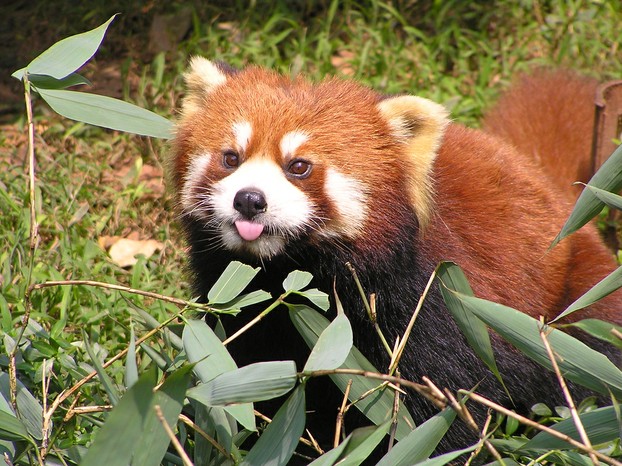
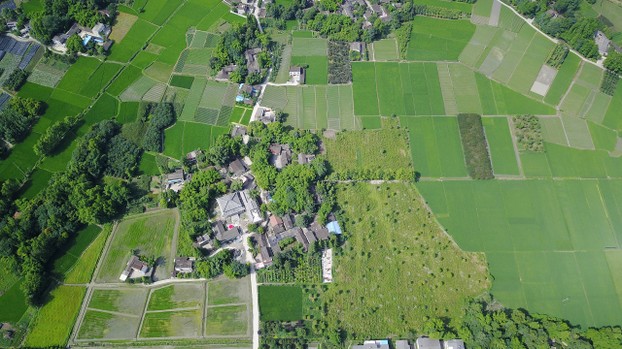
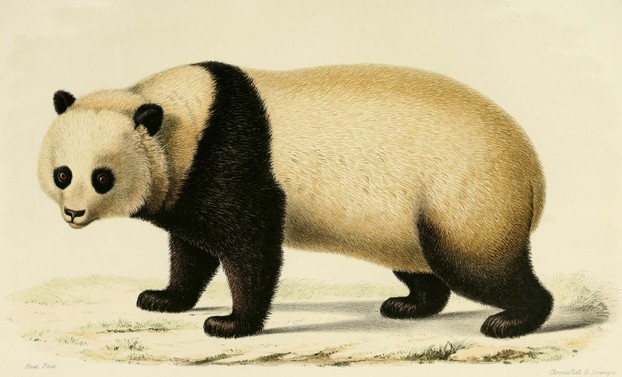
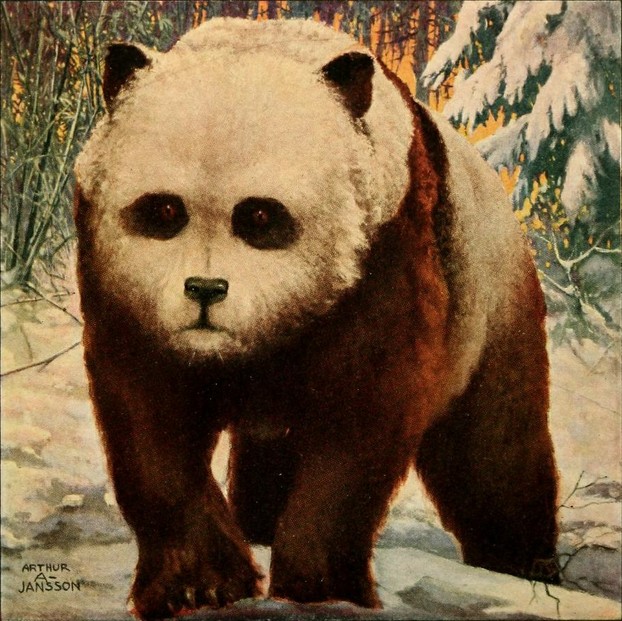
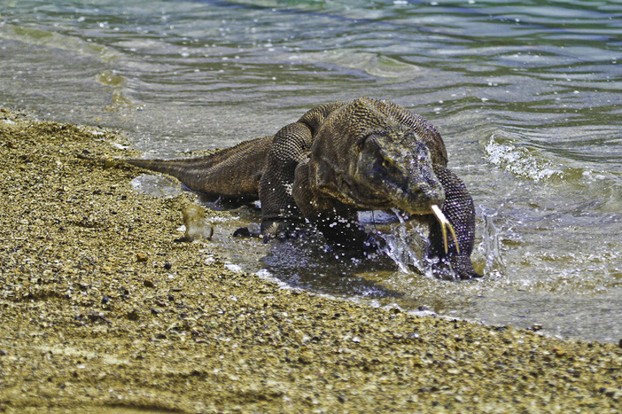
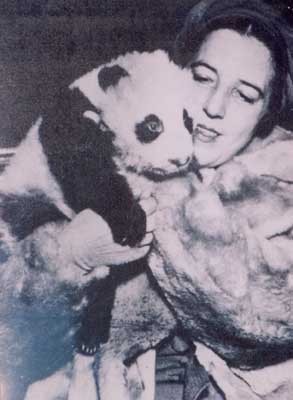
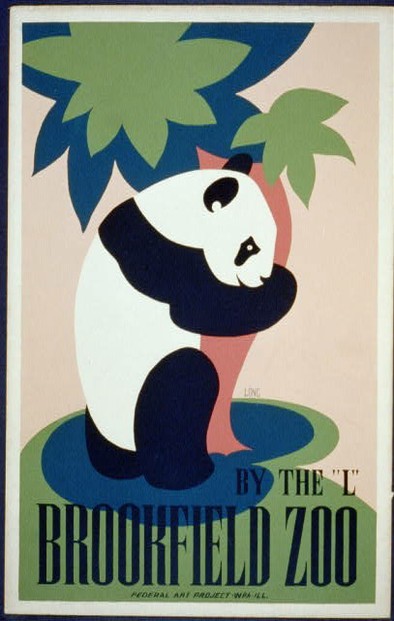
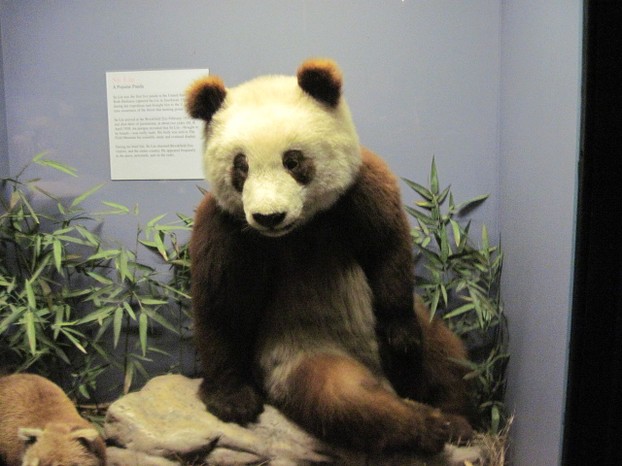
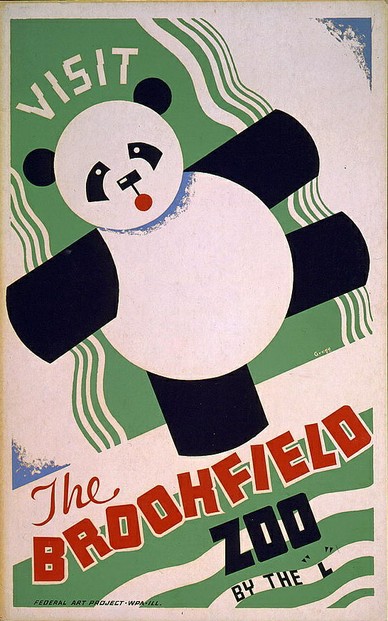
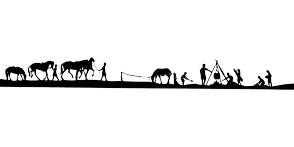


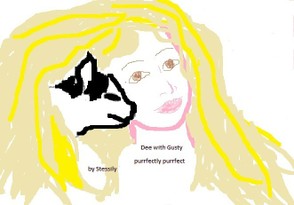
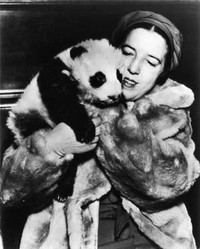

 Are Hawaiian Huakai Po Nightmarchers Avenging Halloween Thursday?on 10/02/2024
Are Hawaiian Huakai Po Nightmarchers Avenging Halloween Thursday?on 10/02/2024
 Mailing Addresses for 2023 Form 4868 Extending 1040 and 1040SR April 15, 2024, Due Dateon 04/15/2024
Mailing Addresses for 2023 Form 4868 Extending 1040 and 1040SR April 15, 2024, Due Dateon 04/15/2024
 Mailing Addresses for 2023 Forms 1040 and 1040SR Filed in 2024on 04/15/2024
Mailing Addresses for 2023 Forms 1040 and 1040SR Filed in 2024on 04/15/2024
 Mailing Addresses for 2022 Form 4868 Extending 1040 and 1040SR April 18, 2023, Due Dateon 04/13/2023
Mailing Addresses for 2022 Form 4868 Extending 1040 and 1040SR April 18, 2023, Due Dateon 04/13/2023

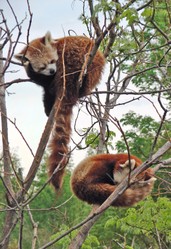

Comments